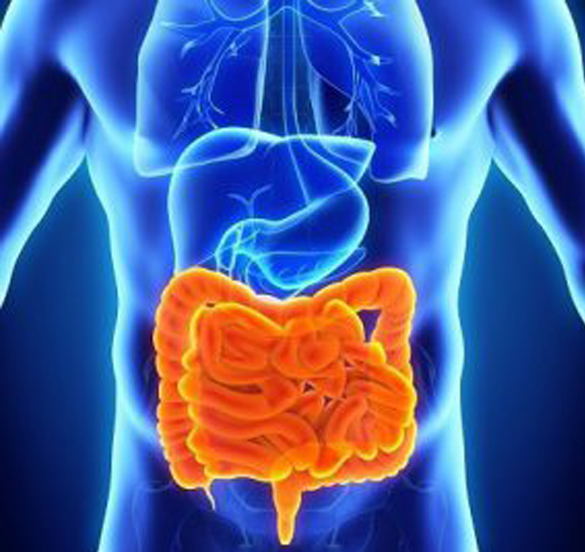IBD is a disease with an unknown cause. Some agent or a combination of agents -- bacteria, viruses, antigens -- triggers the body's immune system to produce an inflammatory reaction in the intestinal tract. Recent studies show some combination of hereditary, genetic, and/or environmental factors may cause the development of IBD. It could also be that the body's own tissue causes an autoimmune response. Whatever causes it, the reaction continues without control and damages the intestinal wall, leading to diarrhea and abdominal pain.
There is strong evidence to suggest a genetic basis for IBD, including:
- Family history: As many as 20% of people with IBD have a family history.
- Race and ethnicity: IBD is more common in caucasians.


